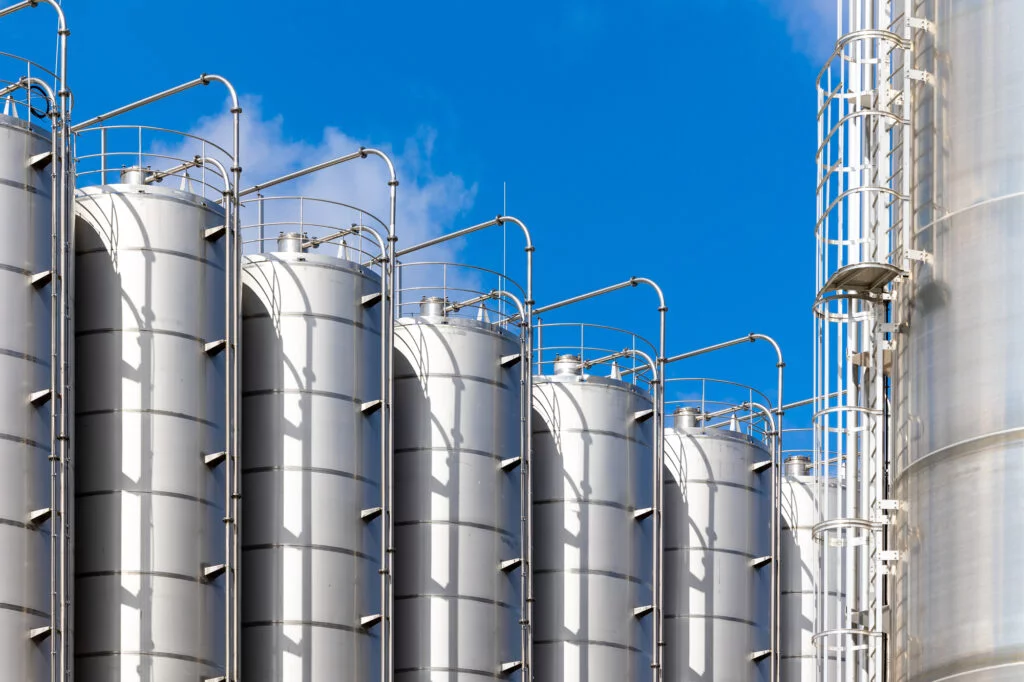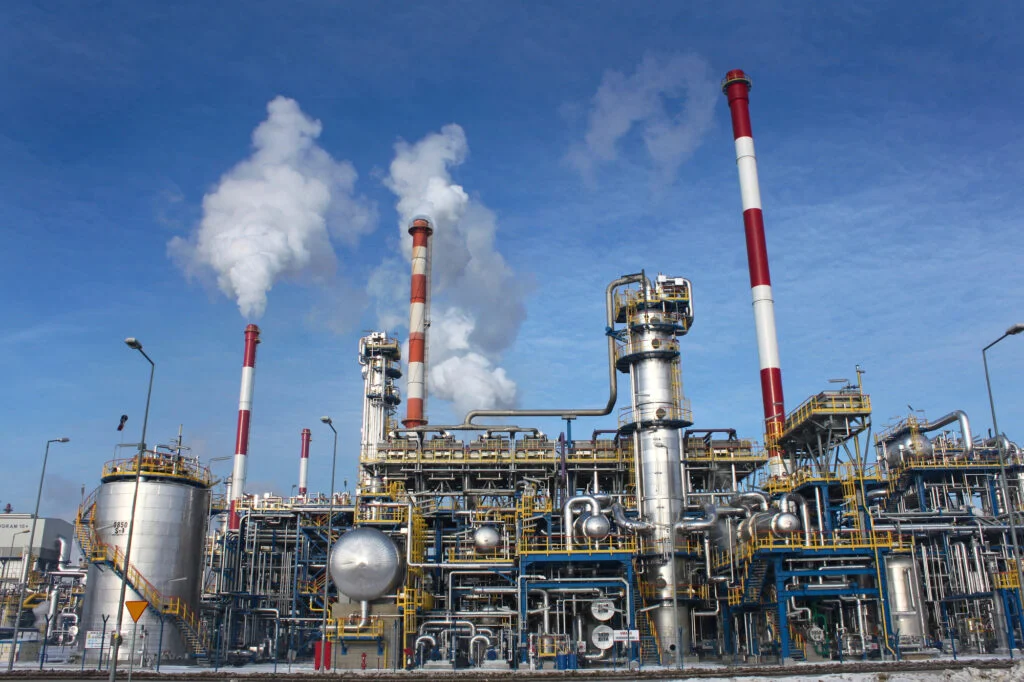24/7 EMERGENCY SERVICE
- HOME
- ABOUT
- SERVICES
- DEMOLITION SERVICES
- GENERAL CONTRACTING
- COMMERCIAL CONSTRUCTION
- Commercial Snow Removal
- BATHROOM REMODELING
- KITCHEN REMODELING
- Excavation Services
- STORM DRAIN INSTALLATION
- Metal Framing
- Water Damage Restoration
- OUR WORK
- Testimonials
- BLOG
- CONTACT






